Rokid Glasses combine augmented reality and AI in a sleek, stylish design, offering advanced features for everyday use in work, entertainment, and more.
The post Rokid Glasses: Blending AR and AI for Everyday Wear first appeared on Trendy Gadget.
Rokid Glasses combine augmented reality and AI in a sleek, stylish design, offering advanced features for everyday use in work, entertainment, and more.
The post Rokid Glasses: Blending AR and AI for Everyday Wear first appeared on Trendy Gadget.
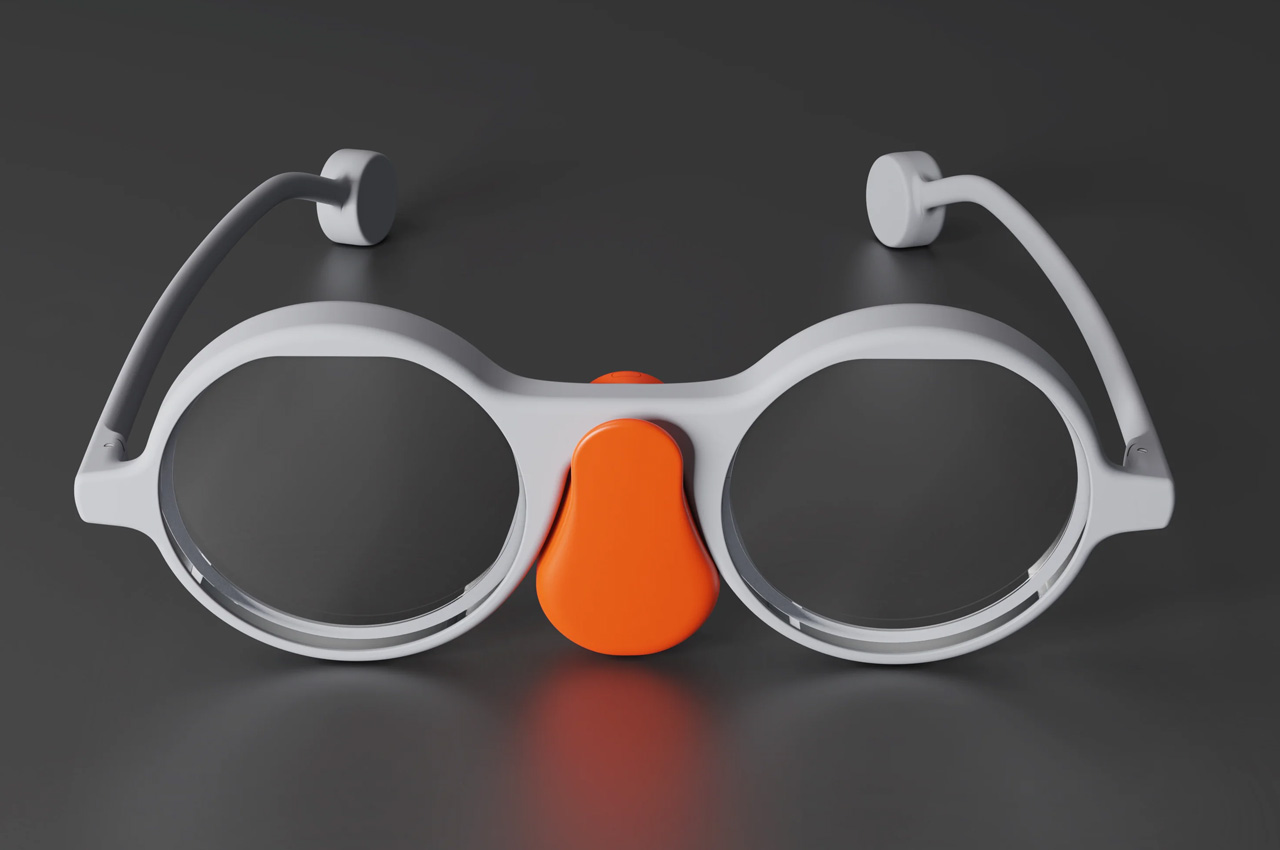
The idea of putting a wearable on the eyes that takes immersive interaction up close and personal is a mantra every tech company wants to recite. After the bigger ones like Google and Apple doing their bits in VR and AR glasses, a startup, Brillant Labs has developed a pair of AI glasses called the Frame that promises to put the power of generative AI in front of a person’s eye. This, as the company says, will introduce a paradigm shift in an individual’s daily living.
The Brillant Labs Frame is designed as the first-ever glasses with an integrated multimodal AI assistant. This assistant is built in-house and can learn with the usage to carry out tasks for you. On that point, some of us would remember the Rabbit R1, but the little rabbit is a handheld and the Frame is a circular pair of spectacles that resembles – in design – the ones made extraordinary by the likes of Mahatma Gandhi and Steve Jobs.
Designer: Brillant Labs
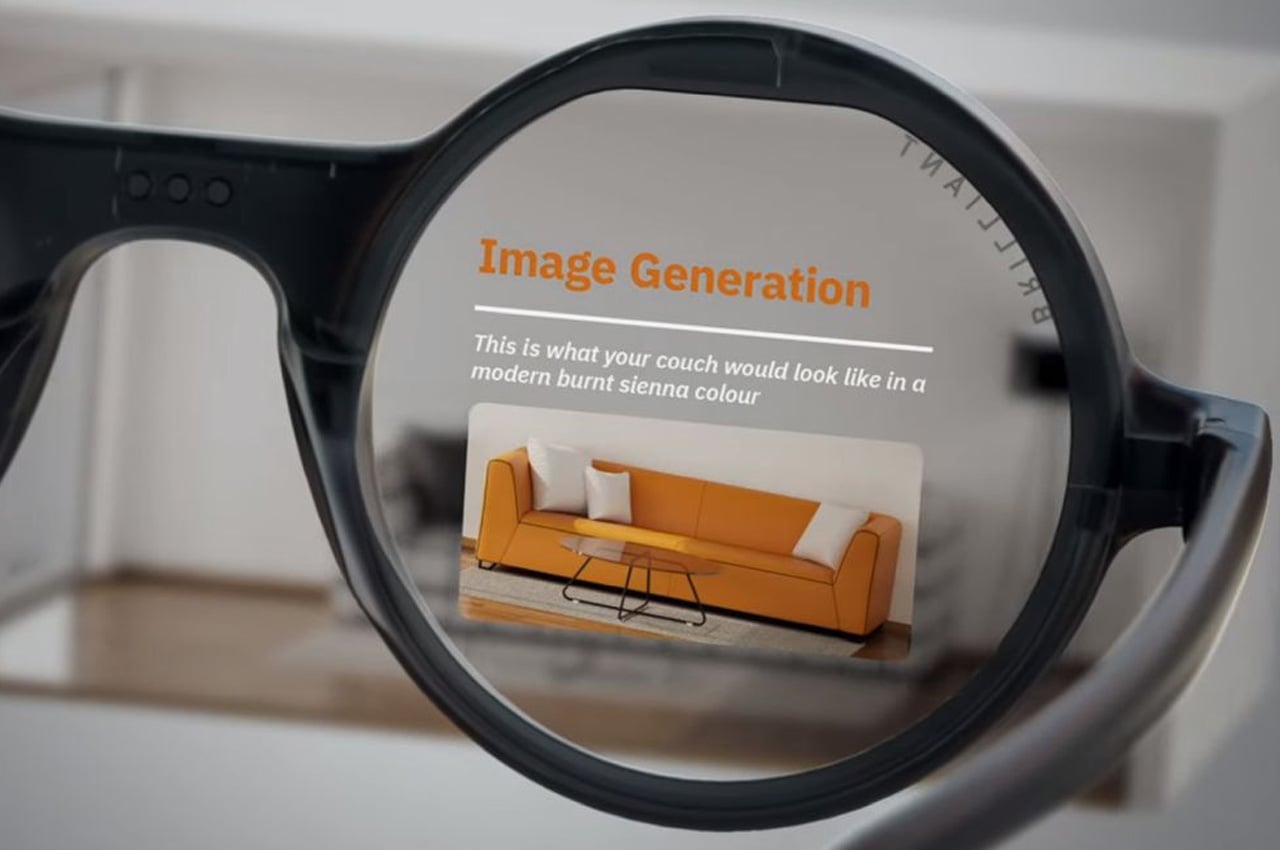
With a primary focus on AI capabilities, the Frame is backed by AR John Hanke, CEO Niantic, company behind the popular Pokémon Go. The dual combination of technology is accompanied by a small display. The 640 x 400p micro-OLED display can show graphics and text overlayed on a real-world environment. In the middle of the Frame is a camera and the battery powering it is stationed at the back.
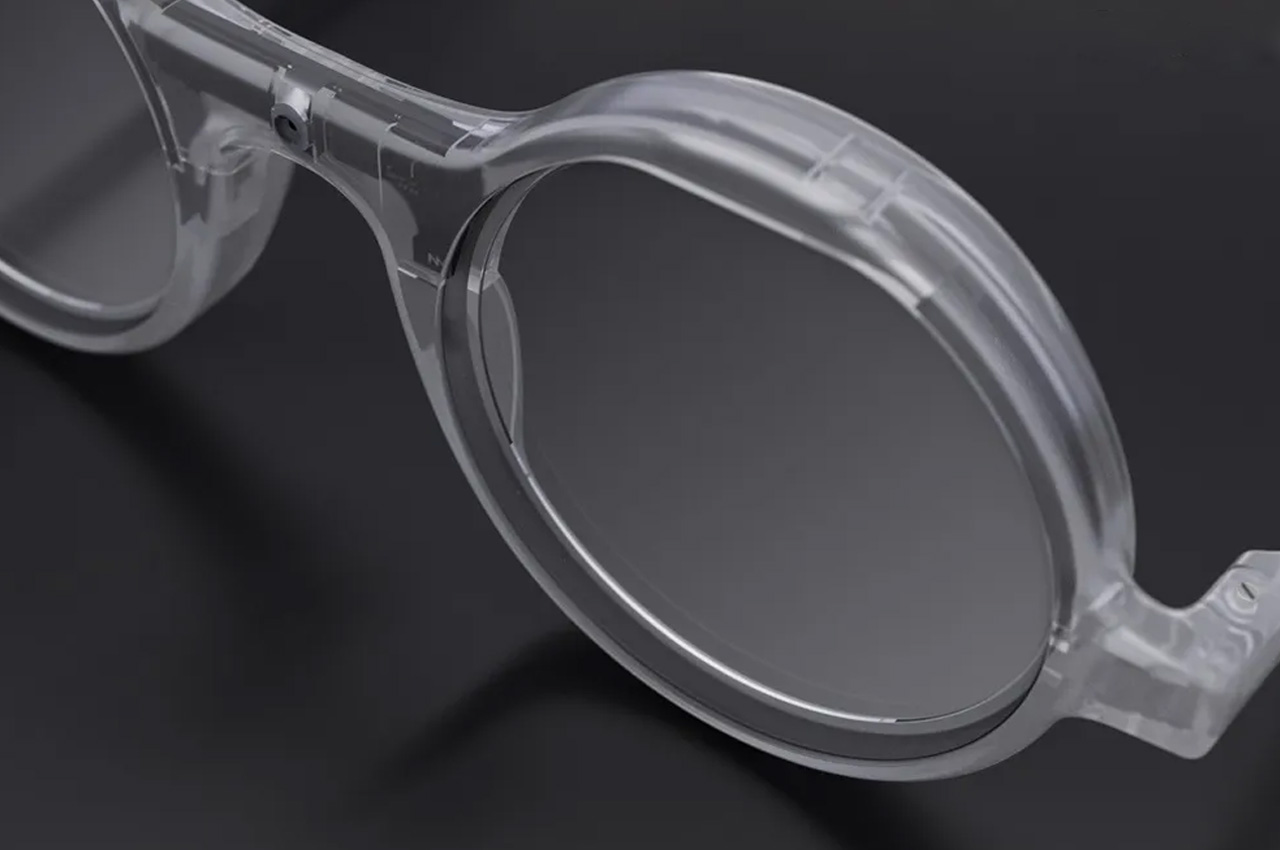
The Frame weighs only 40g and to ensure it is a new leap in wearable technology, it comes with the always-on AI assistant called Noa. The assistant taps into generative AI models like GPT-2, Whisper AI, and Stability AI, to generate text and graphics from the images captured by the camera, in response to the user query. The multimodal generative AI assistant therefore performs real-world visual processing and real-time speech recognition and translation to permit a user to engage more with the world around.
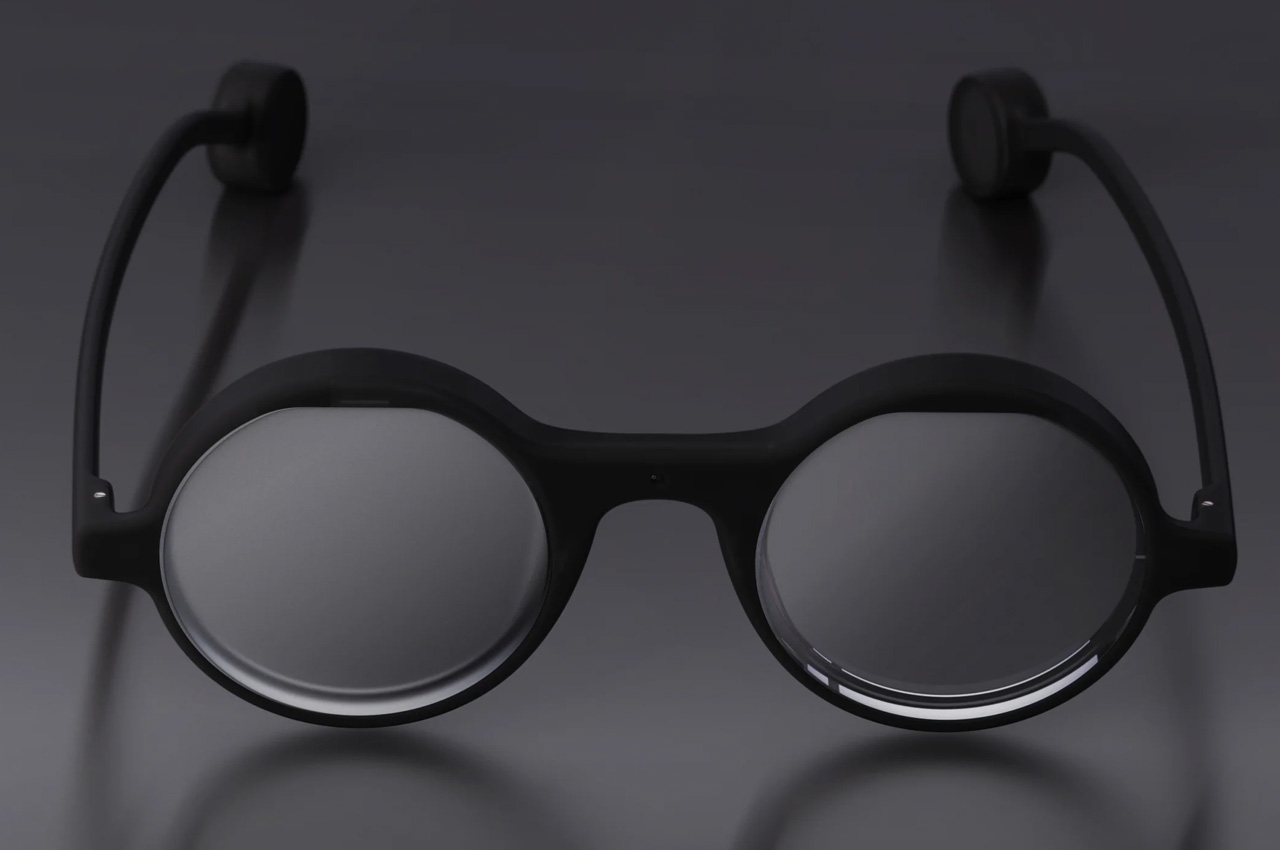
Courtesy Noa, the Frame will bring new experiences to everyday life, in workplaces, or even in classrooms. This is as the glasses can respond to what you ask by voice or text, and also to what you are seeing through them. So, you can, in real-time have the Frame tell you the price of jeans you are looking at in the store (by checking up online) and take notes of the content you are reading from your textbook.
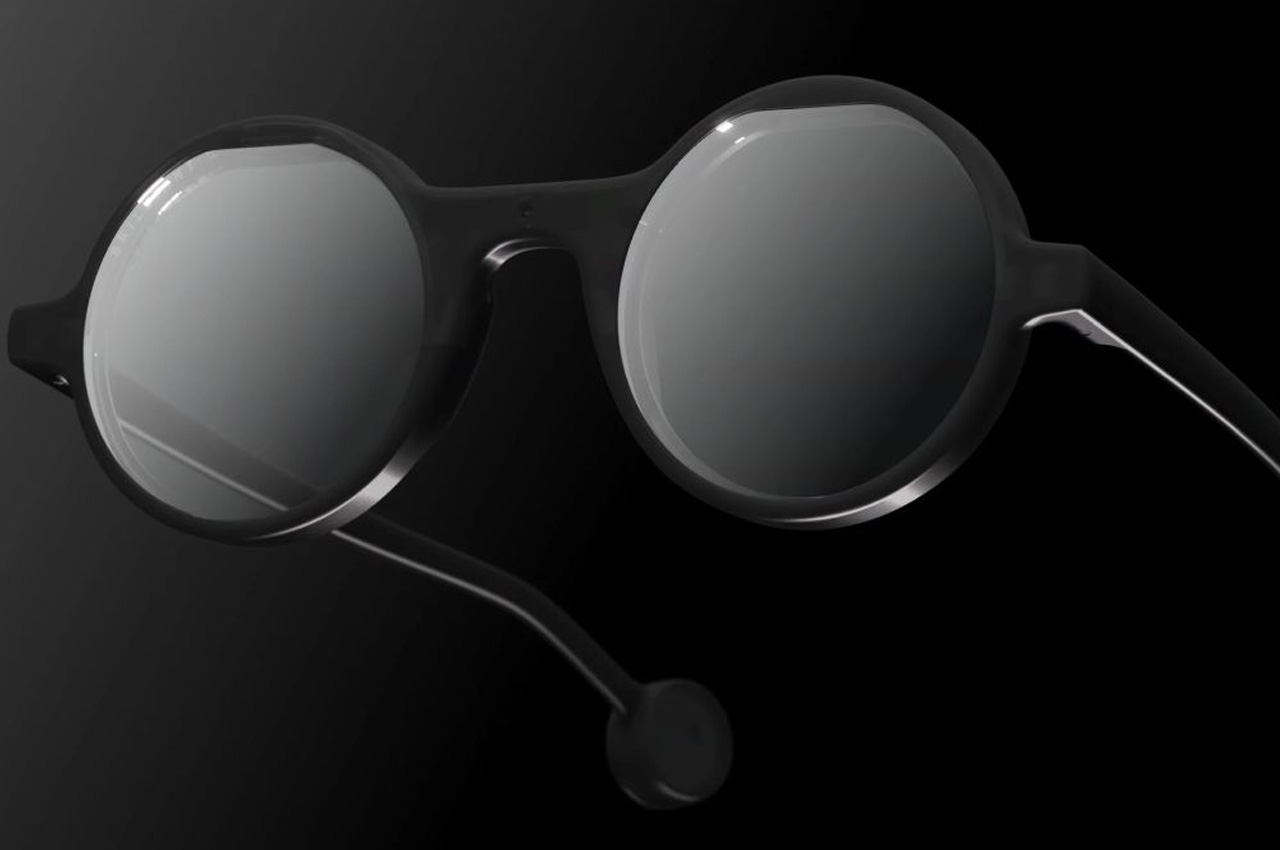
Brilliant Labs has left the Frame as an open-source project with files for hardware and software available through GitHub. Additionally, it comes with support for prescription lenses for an additional price of $99. The lightweight, stylish, and visually distinguishing Brillant Labs Frame itself costs $349 and is now available for pre-order. Shipping is likely to start from April 15, 2024.
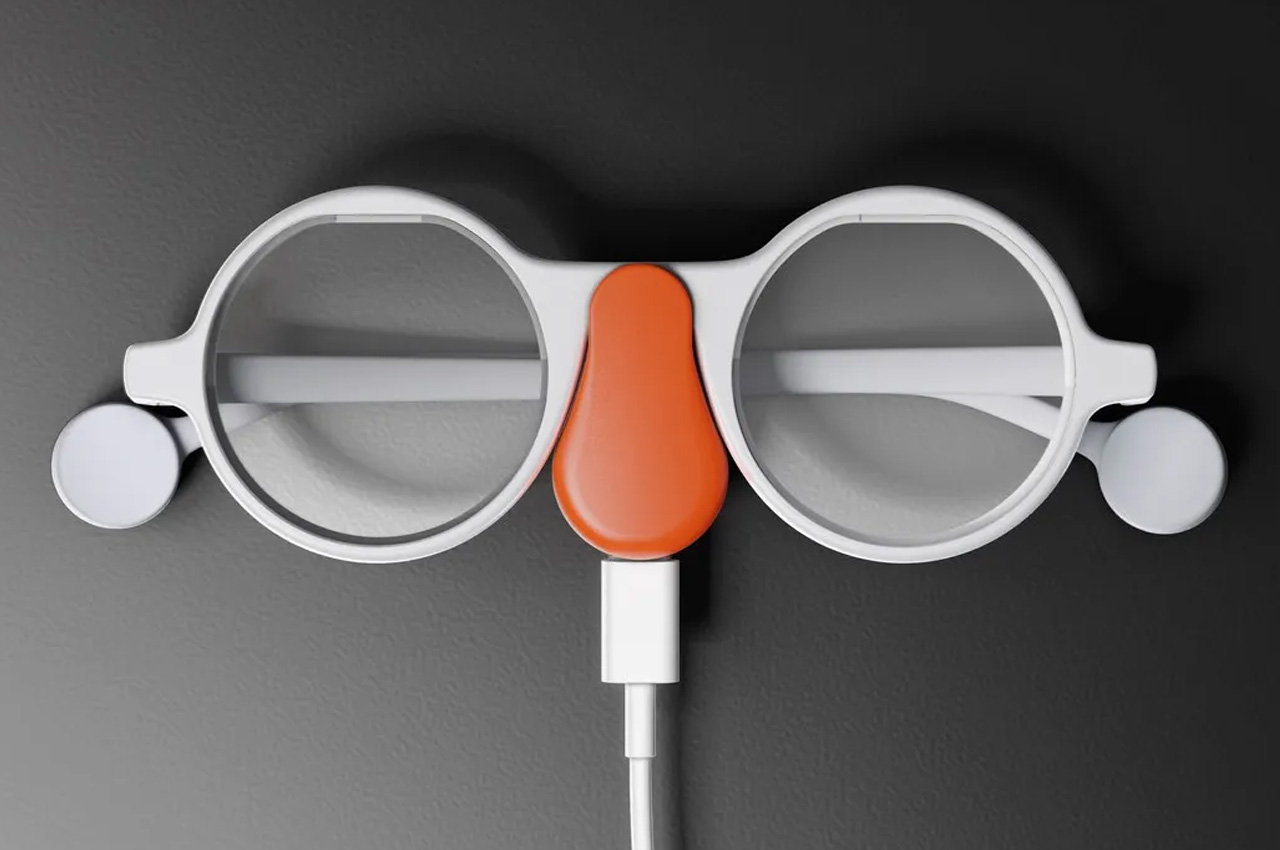
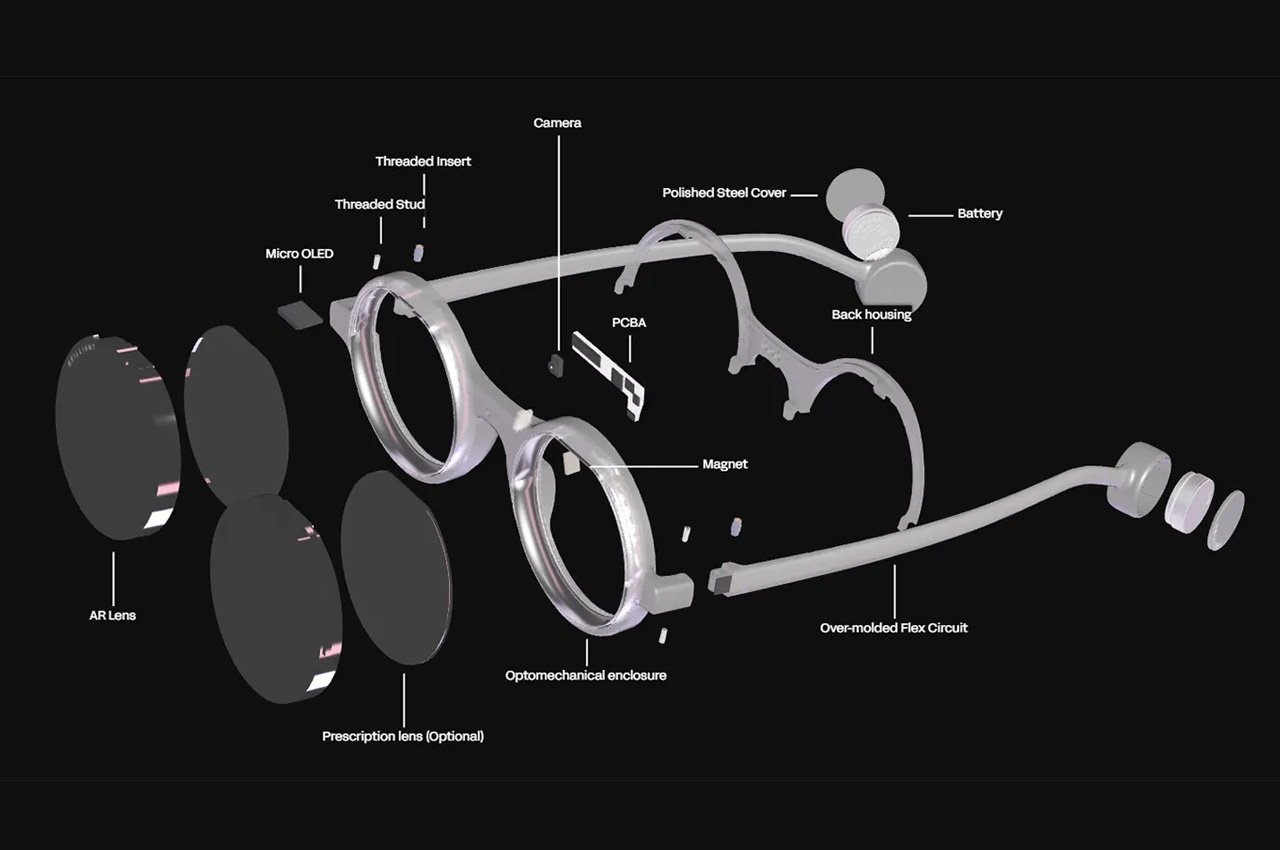
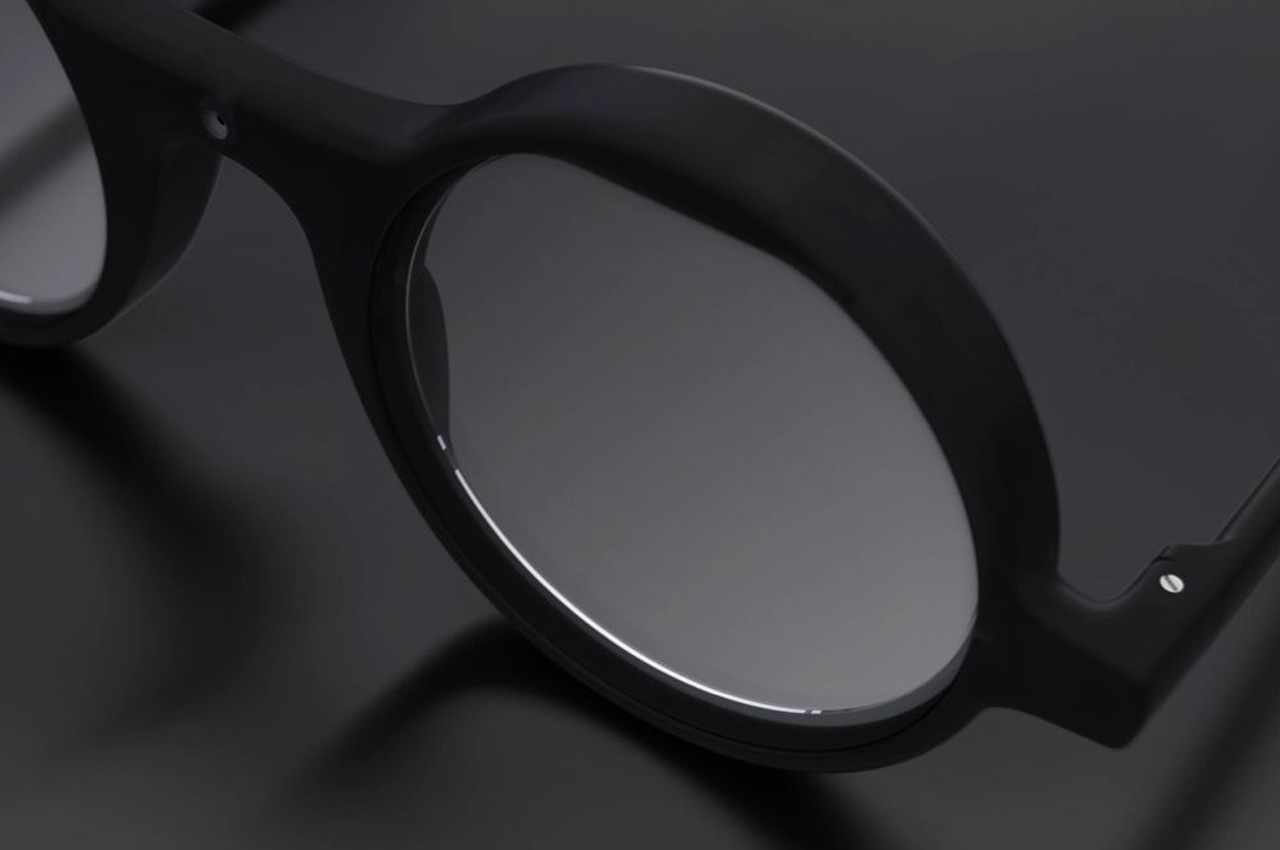
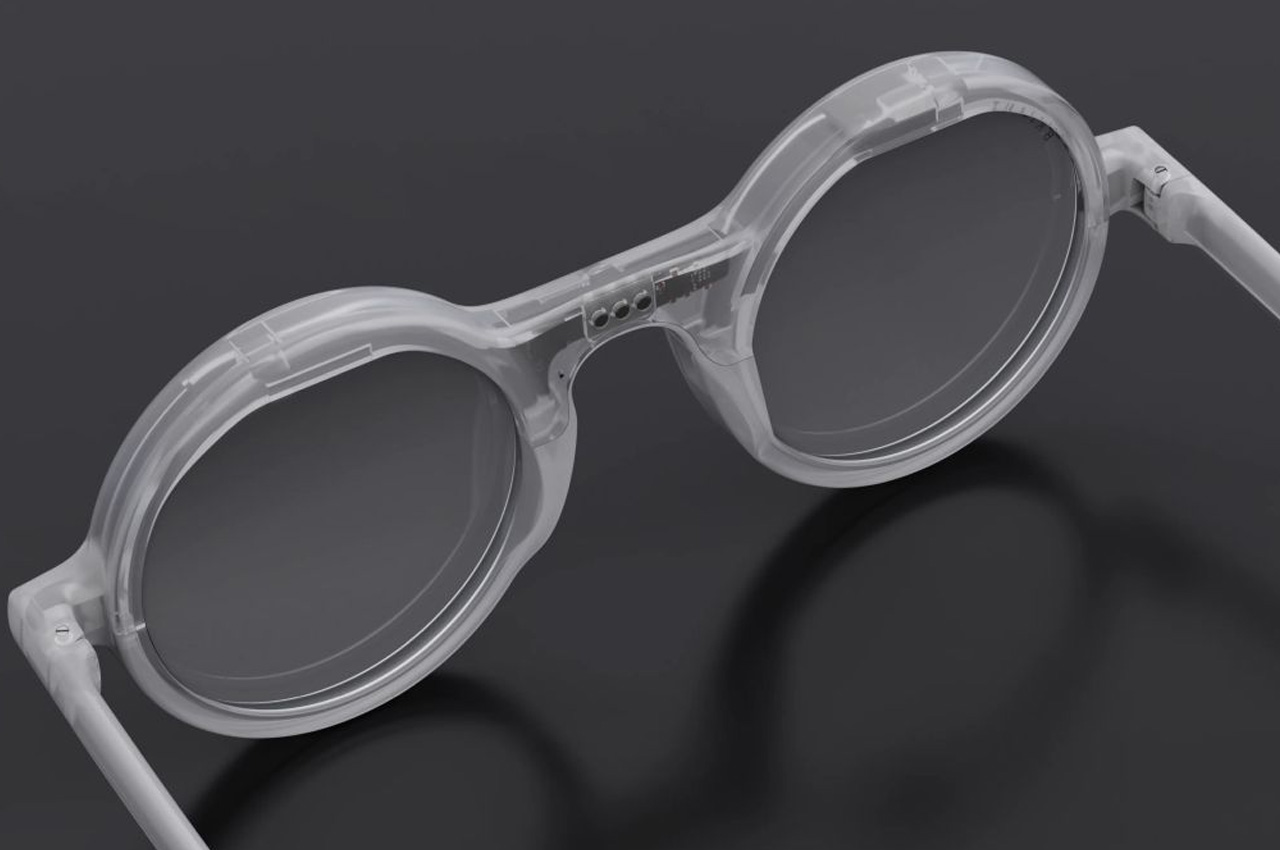
The post Lightweight, stylish Brillant Labs Frame AI-assisted glasses lets you engage more with the world first appeared on Yanko Design.
It might sound like an oxymoron, but your run-of-the-mill sunglasses don’t actually use glass. To comply with certain legal regulations, “shades,” as we sometimes call them, have to use plastic or resin materials that are more resilient but have poorer optical quality. That’s true even for those expensive sunglasses, which will probably make you feel a bit cheated, especially when you notice how unclear your vision behind these plastics really is. Thankfully, the optics industry has reached a point where we can have the best of both worlds of durability and optical clarity, creating the industry’s first modern sunglasses made from actual glass, designed to deliver clarity, comfort, and protection to your eyes with an accessible price point.
Designer: Ilija Melentijevic, PhD (founder of Kolari Vision)
Click Here to Buy Now: $169. Hurry, offer ends soon!
These ‘plastic’ and ‘resin’ lenses come with a lot of responsibilities, given the fact that they’re tasked with protecting your eyesight. When you wear tinted sunglasses outdoors, your pupils dilate to let more light in – which effectively also exposes your eyes to more harmful rays… and while most lenses will block out UV rays, current sunglasses (even the expensive ones) aren’t designed to block infrared light from hitting your retina. It’s ironic that you can find IR-blocking lenses for your expensive cameras… but not for the most priceless camera we have: our eyes.
Enter Kolari Shades, a pair of sunglasses that is shaking up the market by bringing the highest-quality materials to a product you can actually afford. Harnessing more than a decade of experience in the photography space, Kolari brings a new kind of lens that is actually made of glass, providing the optical clarity that your eyes need all the time, whether you’re wearing sunglasses or not. But it’s not just plain glass, either, but the same ultra-strong Corning Gorilla Glass that has been protecting smartphone displays for years. And with 51 layers of anti-reflective and anti-smudge coating, your new premium specs are protected against scratches, dirt, dust, and more. Plus, it’s easy to clean the smudges off, too!
But while Kolari Shades’ glass lenses provide extra-clear vision, it doesn’t forget the protection that sunglasses are expected to bring. In fact, it levels up this aspect by blocking not only high-energy UV light but also low-energy infrared, both of which can be harmful to your sensitive eyes. It can even protect your privacy by blocking security cameras that use IR for face recognition. And it brings this superior protection without turning your world into a dreary shade of gray or brown. By using color-neutral coatings, you can stop worrying about those harmful and blinding rays and continue enjoying the world in full color.
The best part about the Kolari Shades is their affordable price tag, even though Kolari Shades are more costly to manufacture because of the premium materials used in the frames and lenses. It’s significantly less than luxury sunglasses that use plastic lenses, offer poorer optical quality, and strain your eyes in the long run. Why settle for plastic products that harm rather than protect your eyes when you can enjoy the optical quality that real glass lenses have to offer? With the Kolari Shades, you can enjoy durability, clarity, and protection in stylish sunglasses that don’t change the colors of your world.
Click Here to Buy Now: $169. Hurry, offer ends soon!
The post Sunglasses with real glass lenses deliver unparalleled clarity and protection first appeared on Yanko Design.

During the pandemic, we were stuck in our homes and we got used to watching video content through our smart TVs or mobile devices. Now that we can once again enjoy movies in cinemas, there has been a push and pull between the “regular” cinema experience and the comfort of watching these movies in the comfort of our homes through OTT platforms. There are still limitations with the latter but we’re seeing technology trying to catch up through various devices and gadgets that we can use at home.
Designer: Woojin Jang



Movi is a concept for an XR eyewear device that can make the movie watching more immersive even when you don’t have the benefit of a large screen. Compared to other existing VR glasses right now, this one is conceptualized to be a lighter version that you can also carry with you so you can enjoy movies on the plane or wherever you want.



It is lighter because it uses a lens called Lenslet Array which reduces the focal length and eye relief distance. The regular distance is one of the main reasons why most VR devices are heavier and bulkier this lens is a two-dimensional array of around 20,000 small lenses that have been arranged in parallel. It also uses transparent OLED so that our eyes look outward so the glasses can be designed like actual eyewear you would wear every day rather than the weird-looking bulky VR glasses we have now.



As a concept, Movi seems to be an interesting way to make watching videos on our TVs at home on our mobile devices. It would also probably rely on how movie makers and content creators can make films and videos that can adapt these kinds of technology, although that will bring about even more debate on how this may destroy the actual cinema-going experience.





The post AR/XR Glasses could get a lot slimmer thanks to this unique new hardware arrangement first appeared on Yanko Design.
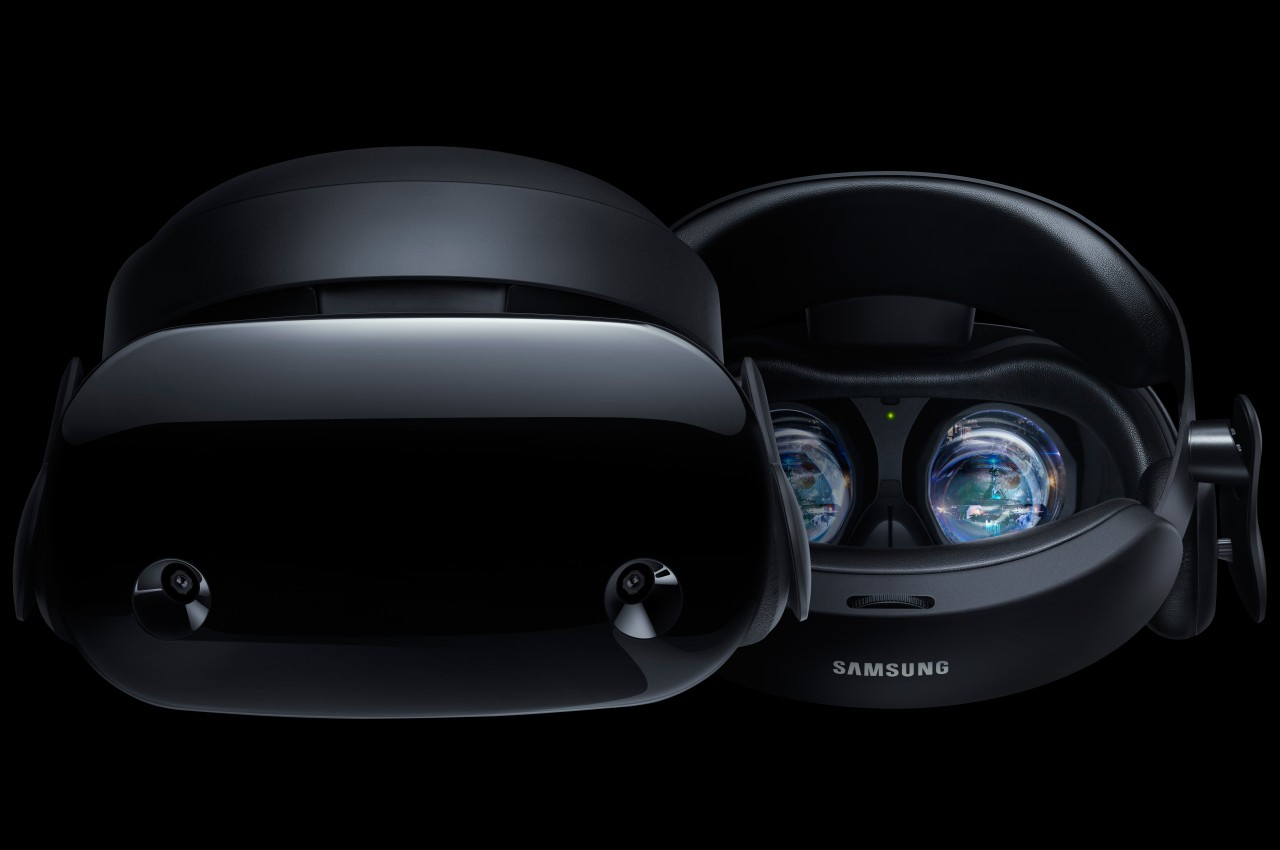
Although it was a bit late to the game, it was unsurprising that the Apple Vision Pro mixed reality headset blew people’s minds the moment Apple officially revealed its existence and features. It has definitely caused many players in the market to rethink their designs and strategies, including Samsung who was supposedly close to announcing its own XR or eXtended reality hardware. The initial expectations were along the lines of a full headset not unlike the (Facebook) Meta Quest 3 or Samsung’s own defunct HMD Odyssey, but it seems that Samsung was “inspired” by its biggest rival to go back to the drawing board. While still largely a mystery, some of the pieces are falling into place, laying the foundations for what will soon be called Samsung Glasses.
Designer: Samsung
There is still some debate on what specific area of the umbrella eXtended Reality (XR) space Samsung’s headset will be aiming for. Based on a recently leaked prototype, it would have leaned more on the virtual reality side of the equation, with outward-facing cameras to allow wearers to see a glimpse of the world outside. This is the conventional HMD or Head-Mounted Device design and something Samsung is already familiar with. But with rumors of Samsung reviewing the device in lieu of the Apple Vision Pro, you can expect some big changes in terms of design.
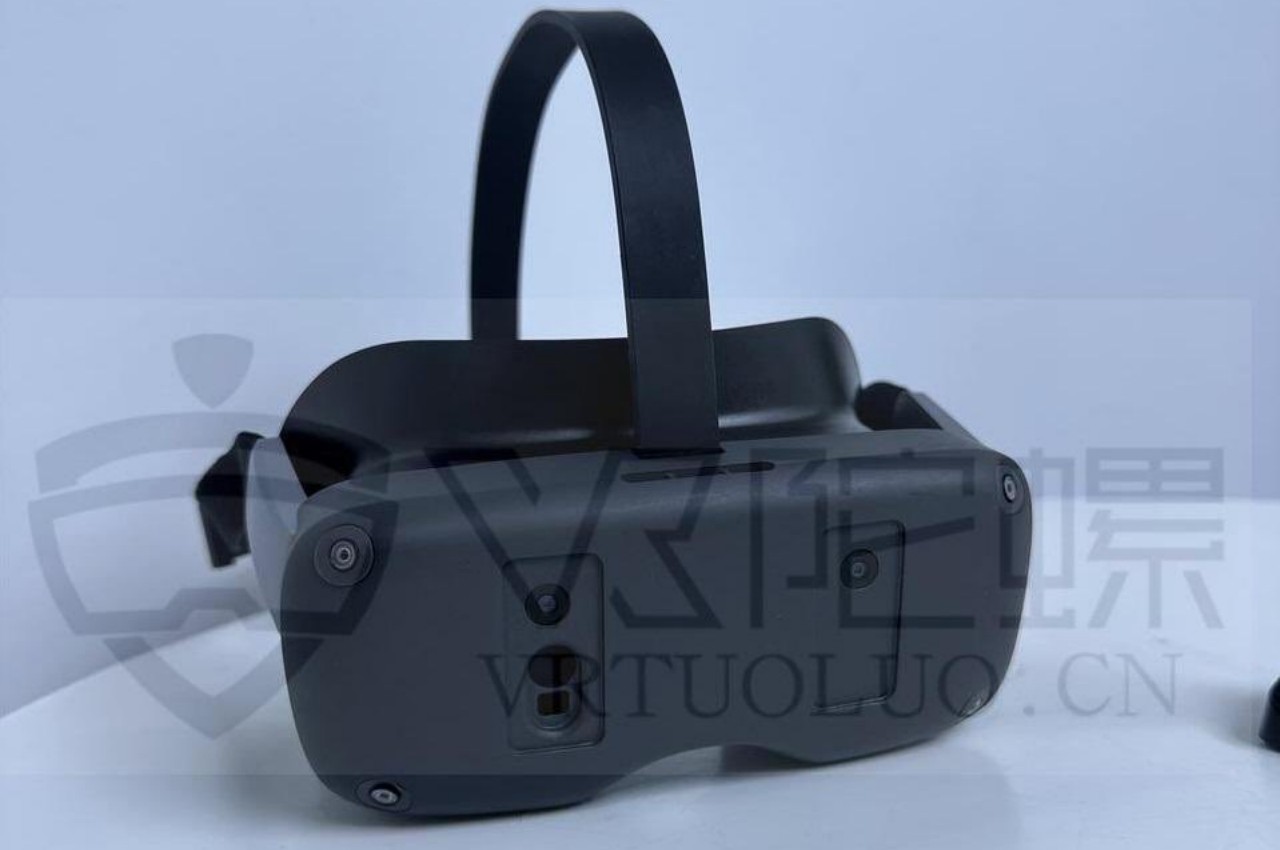
Image courtesy of Brad Lynch
A recent trademark filing in the UK reveals that Samsung is calling dibs on the “Samsung Glasses” name. The description, which covers VR, AR, MR, and XR, isn’t exactly telling, but it does suggest it will take on a form closer to smart glasses. Considering the necessary hardware involved, it won’t be something simple like Ray-Bans or Google Glasses, more like, well, the Apple Vision Pro or the Meta Quest Pro. While not completely comfortable or portable, this design at least opens the door to AR and mixed reality more than a typical VR headset.
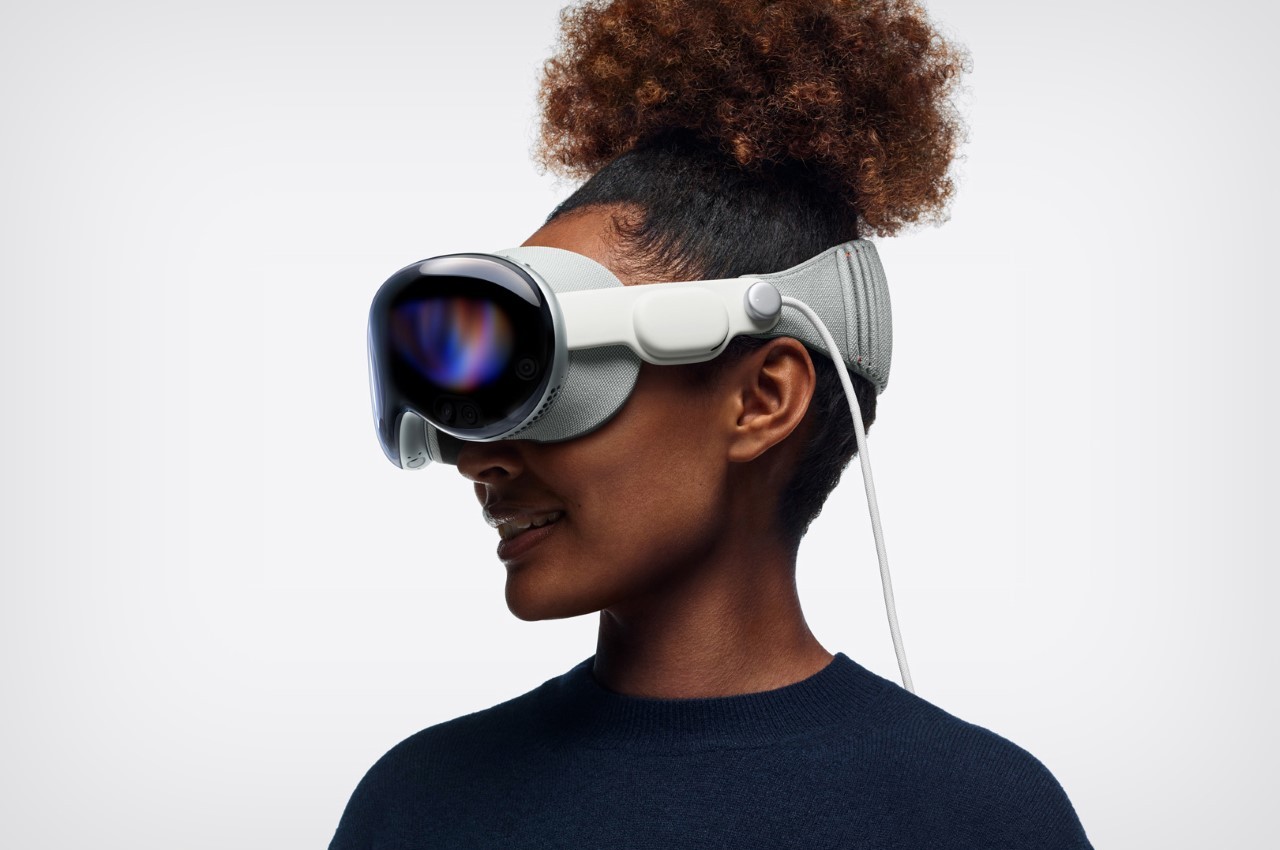
Apple Vision Pro
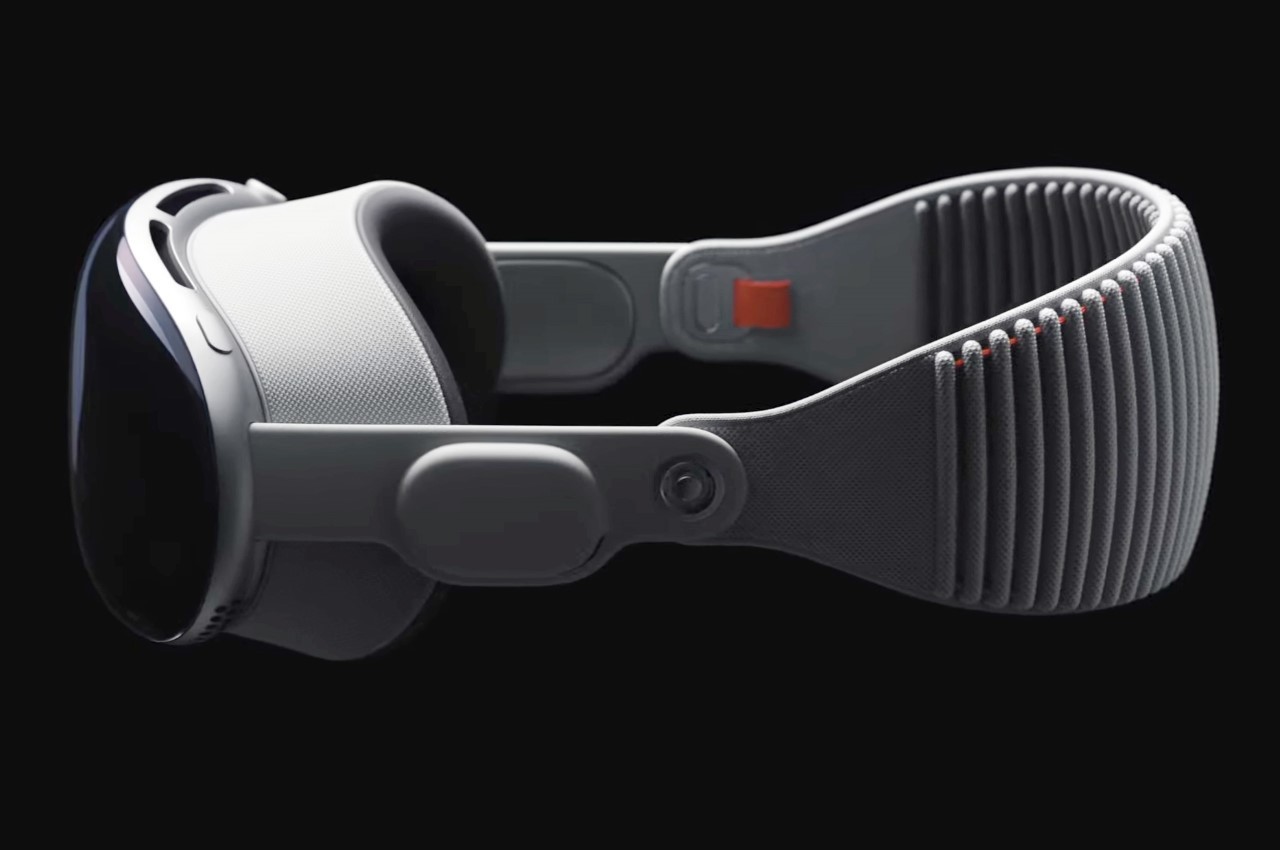
Apple Vision Pro
In addition to the usual processors and electronics needed to drive such a mixed reality headset, Samsung Glasses will succeed or fail depending on the optics it uses. The prototype mentioned above lists micro OLED displays, pancake lenses, and cameras for eye and hand tracking, all of which contribute to a more immersive experience when viewing and manipulating digital objects. Samsung was reportedly planning on using a 2022 processor to power this headset, but Apple’s challenge has it mulling over a more capable chip it could use instead.
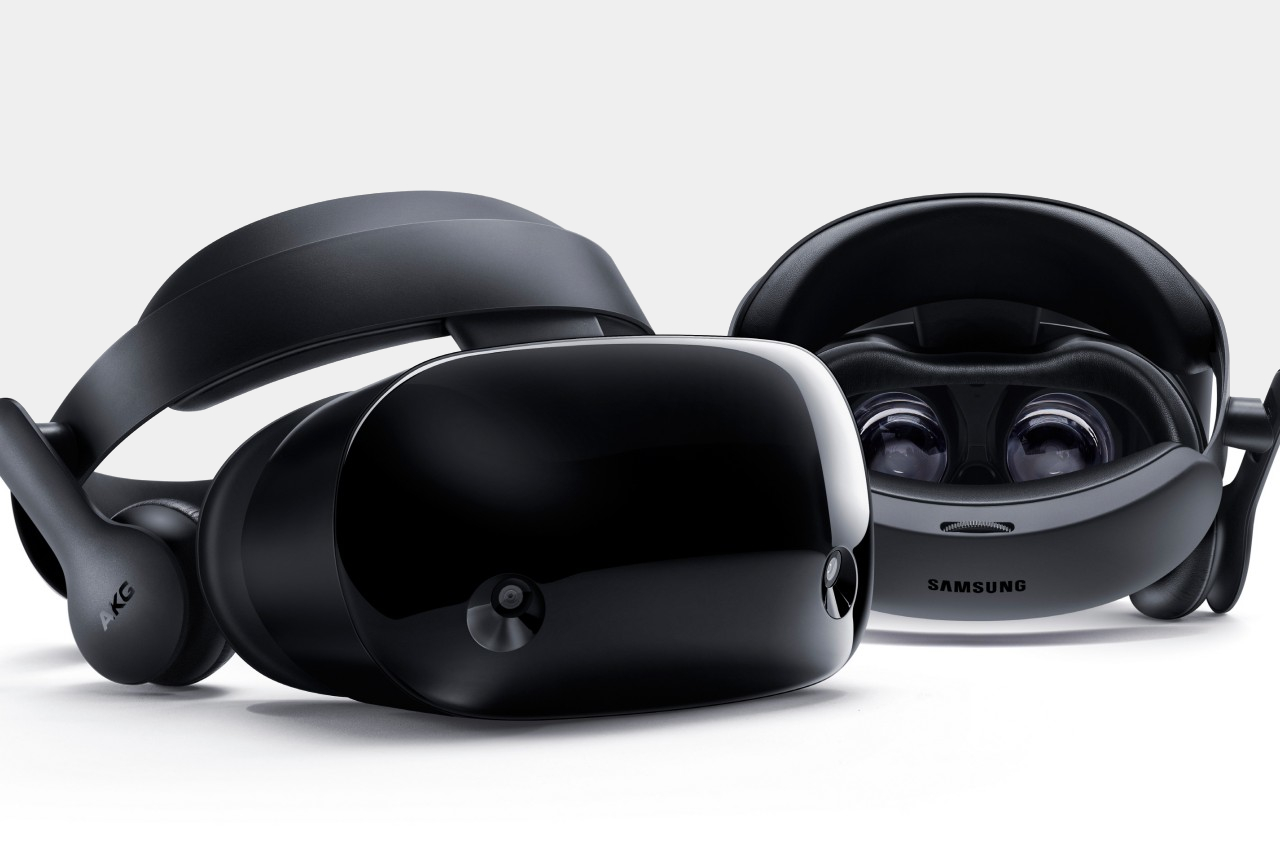
Samsung Odyssey+
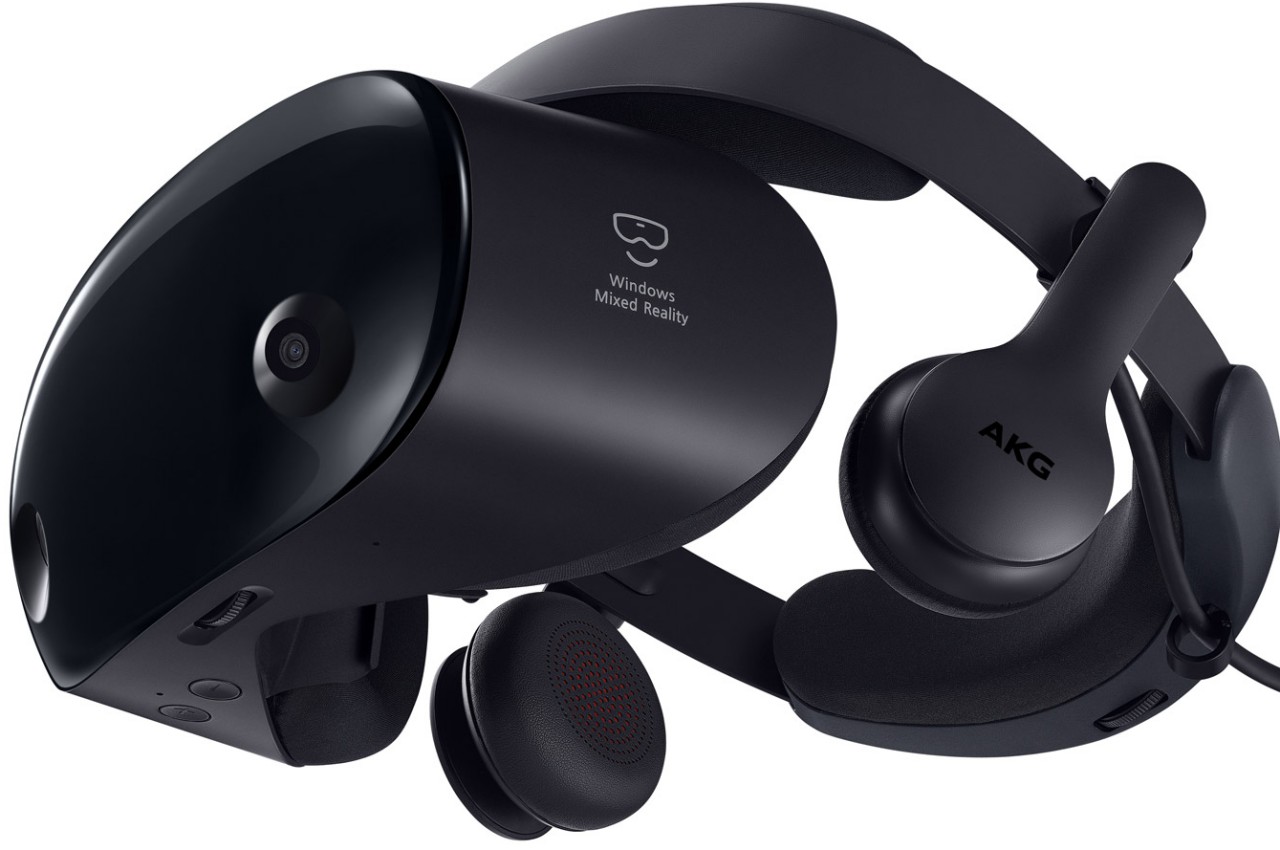
Samsung Odyssey+
One thing that Samsung might be doing differently from Apple is having the battery built into the headset, though mounted on the rear rather than the front. While this naturally adds to the weight of the device, its location attempts to at least balance the load on both sides. It also makes the Samsung Glasses a bit more portable since it doesn’t have to rely on an external battery connected via a cable.
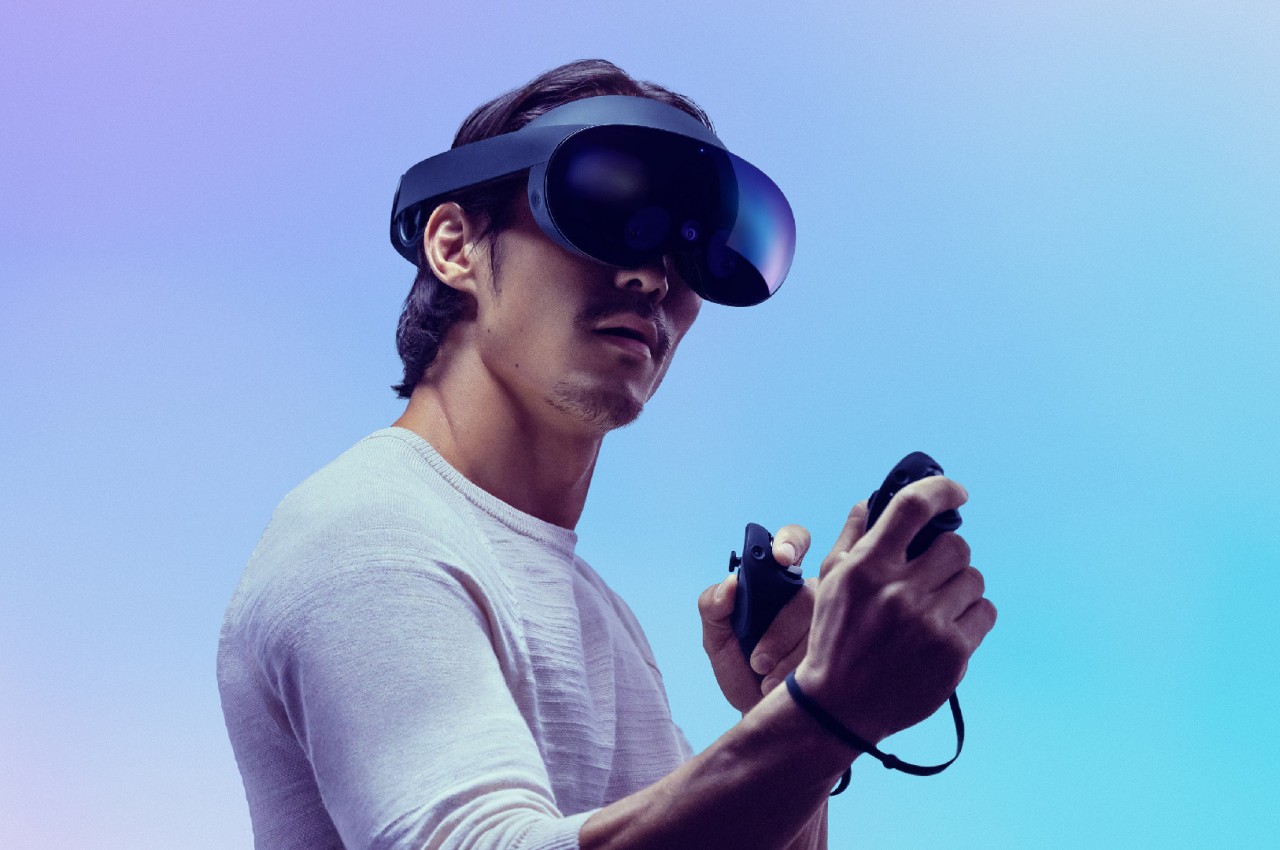
Meta Quest Pro
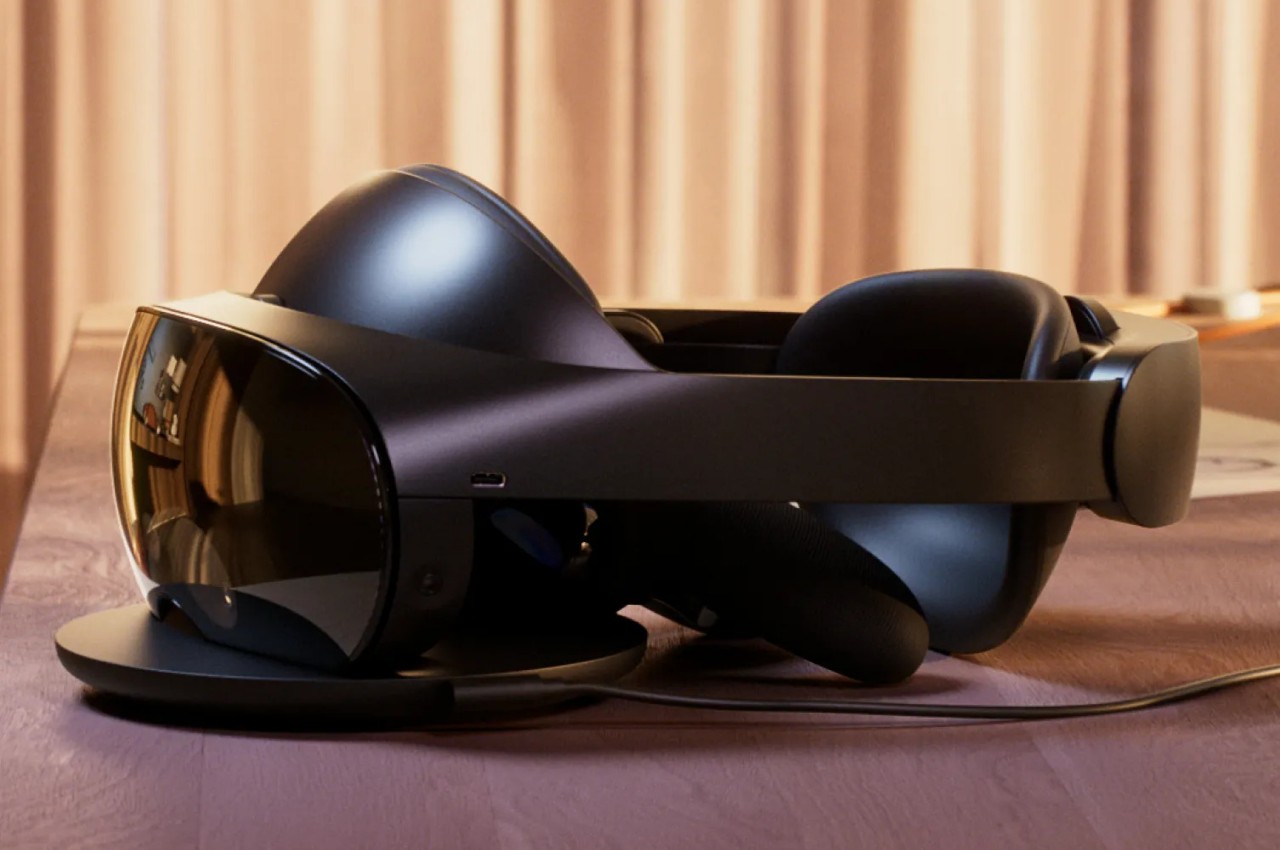
Meta Quest Pro
With the Apple Vision Pro’s market launch nearing, Samsung really doesn’t have much time left to put out its own take on the eXtended Reality space. Insider sources claim that the date has been pushed back to mid-2024, in contrast to Apple’s launch sometime between January and April. That’s not to say that Samsung is taking it slow, as developers are allegedly told to finish their XR apps by November. There will be an internal launch next month, so we might get a few more unofficial sneak peeks of the device.
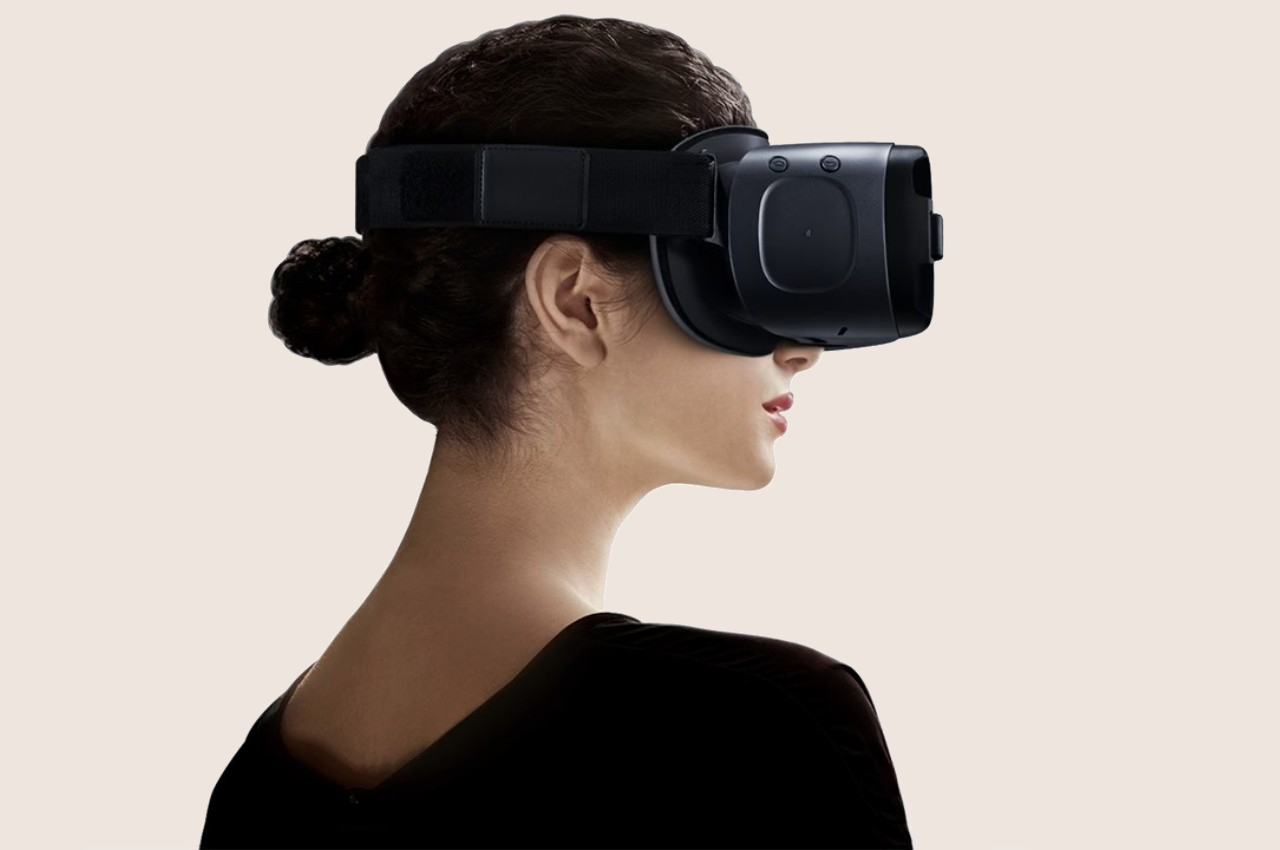
Samsung GearVR
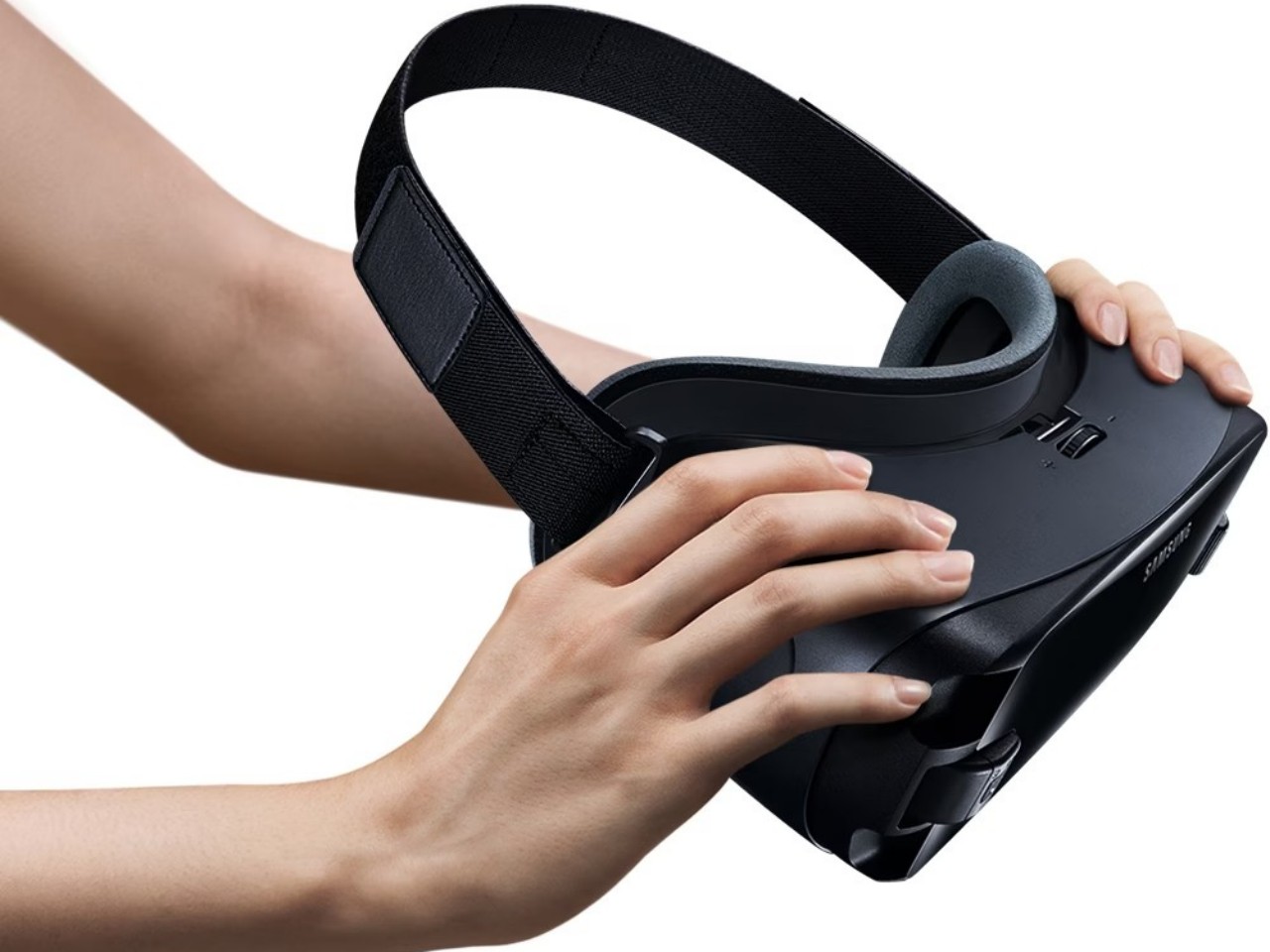
Samsung GearVR
Of course, most of these are still conjectures based on a variety of unofficial sources, so there is still plenty of room to hope for a better device. Conversely, Samsung’s track record with the Gear VR and, later, the HMD Odyssey doesn’t inspire much confidence. The design of the headset is critical for comfort, but it will be the software that will determine whether such a piece of hardware will actually entice buyers in the long run.
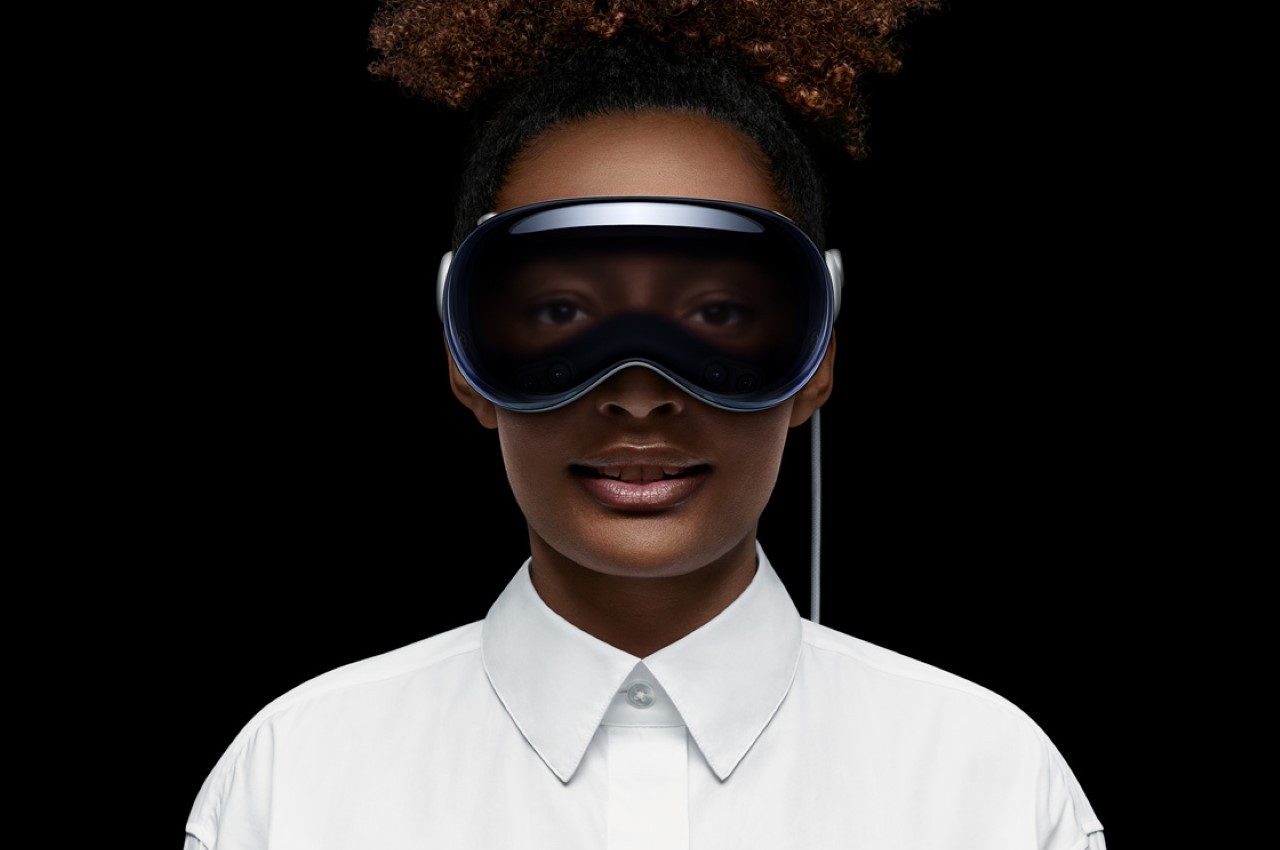
Apple Vision Pro
The post Samsung Glasses Mixed Reality Headset: What We Know So Far first appeared on Yanko Design.